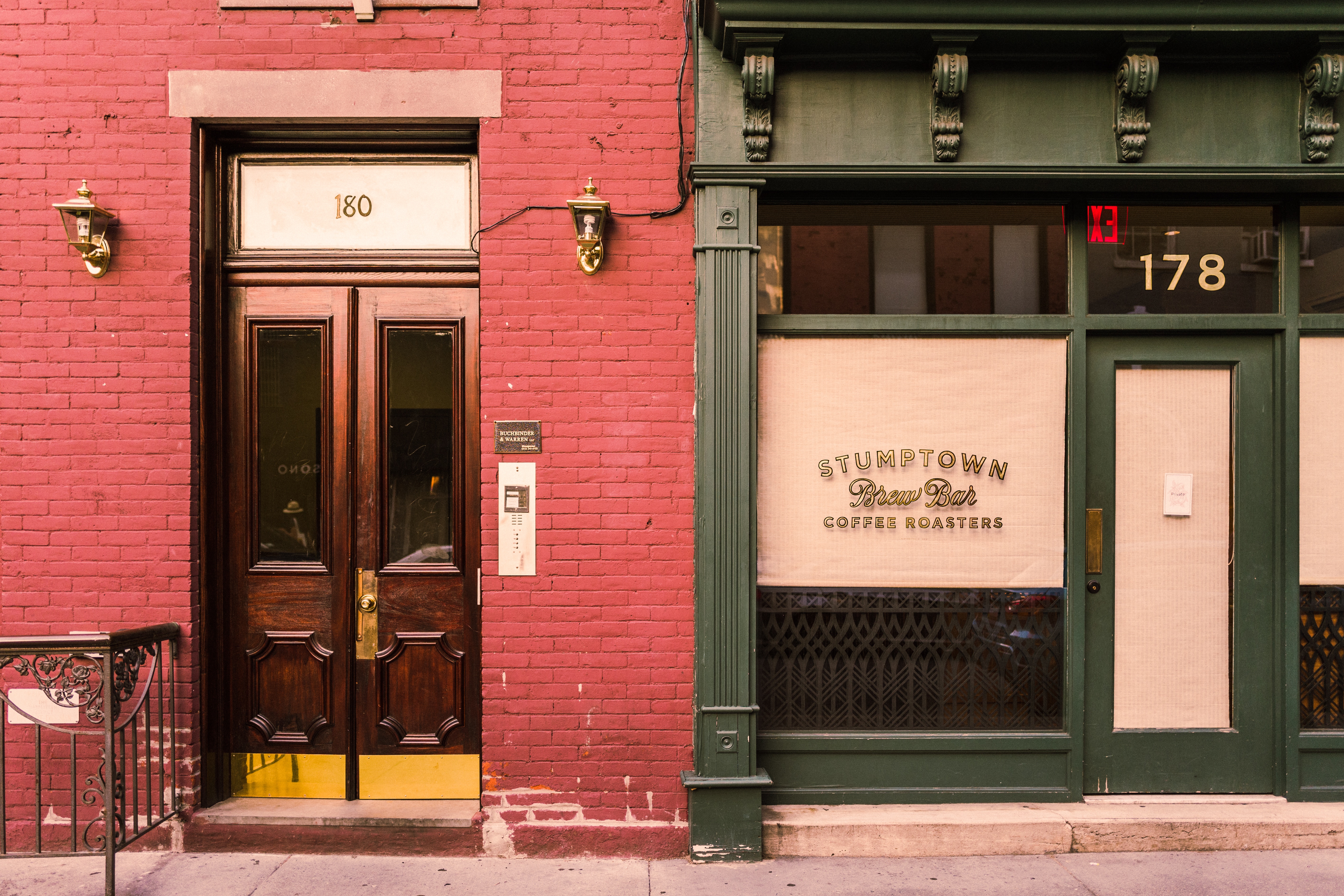With the continued evolution of eCommerce putting a dent in the bottom line of brick and mortar retail stores, from AAA national brands to local mom and pop shops, it’s tougher than ever for owners of retail centers, malls, villages, and the like to know what to include in their tenant portfolio to maximize effectiveness and ROI.
As a shopping center owner, you know that your property is very much a different beast than buildings in a downtown area or small local business strips. Yours is a space pre-built to drive demand due to factors like the interplay of tenants, available on-site parking, and overall convenience to retail customers.
As the shopping center has emerged and evolved as a cornerstone of retail commerce, complex patterns are emerging regarding types, naming conventions, societal preferences (in many places the “mall” is becoming a dinosaur), and even ecological impact—all of which influence consumer preferences and therefore the profitability of your tenants. Here are some of the top trends in retail happening this year:
What’s in a Name?
Marketing to recruit tenants, shoppers, and community support has lead to naming conventions that have in some ways become confusing or non-standardized. Identities such as “commons”, “market”, “village”, and even “mall” all mean different things to different interested parties. Considerations about where naming trends are going, or rebranding your space are both viable ways to keep your location competitive moving forward.
Quora has a few brief articles if you’re looking for inspiration, here, here, and here.
Pop-Up Retail

One of the emerging trends in retail is the “pop-up” or flash retail phenomenon. This is the trend of opening short term sales spaces.
In the past, retail center owners were less likely to allow a pop-up operator into their space, preferring long term leases and stability. Convention was that a large anchor tenant was ideal, supported by long term smaller chains or local vendors.
Pop-up vendors were first seen in the early 90’s in major urban areas such as New York City, Los Angeles, and Tokyo. Pop-up stores allow for creativity and risk taking that consumers respond well to.
As defined by thestorefront.com, a pop-up shop has a few features worth considering as a part of your tenant portfolio:
Term: Typically 1 day to 3 months
Location: High traffic areas (city centers, malls)
Price: Significantly lower than a traditional store, lease paid up front
Use: Sell products, allow a more diverse presence during holidays or events, supporting the launch new products, generate awareness (PR stunts and publicity), allow a retailer to move specialty or excess inventory, test a new idea or location, and for you (the center owner) increase the ‘cool’ factor of your property.
Pop-up shops are a great way to keep consumers interested in your space through novelty factor alone, and support your “anchor tenants” by drawing in new and diverse shoppers who may not have been exposed to the space previously.
And don’t think the Pop-up store is only a gimmick—Business Insider reports that Amazon is planning to open a slew of pop-up retail locations across the US in the next year.
Medical Facilities

Modern life is, if anything, focused on convenience and maximizing time efficiency. Many medical outlets—physical therapists, massage, spa, general clinics, urgent care centers (for both people and pets), dentists, chiropractors, and alternative medical practitioners (Chinese, Ayurvedic, Reiki, etc) can now be found in retail centers, side by side with conventional stores.
As reported by biznow.com, Americans are now spending more than ever on healthcare, want healthcare that is easily accessible and fast, and landlords are looking for creditworthy tenants to fill the space left vacant by failing traditional retailers. This focus on healthcare is pushing one of the current trends in retail.
It is easy to imagine a couple on a shopping outing, stopping in for a massage or an acupuncture treatment, extending their stay in your shopping center and making it an overall more enjoyable experience.
It could even be argued that you, as the owner are now more responsible than ever for creating an engaging and multi-faced experience for consumers than ever before.
The sorts of medical-related occupants that are acceptable to consumers has changed significantly over the last 10 years, wellness, rehab, or medical locations now offer a slew of possibilities for you to consider.
Final Thoughts
As you and your property management team consider how best to manage your portfolio, be sure that you are thinking “outside the box” as new opportunities and consumer expectations abound. Your retail center can evolve from the traditional, long-lease-all-mercantile, to more of a service based, exciting, and consumer-centric location.
Follow these trends in retail for successful investments. Build space for the community to spend time, and they will.

